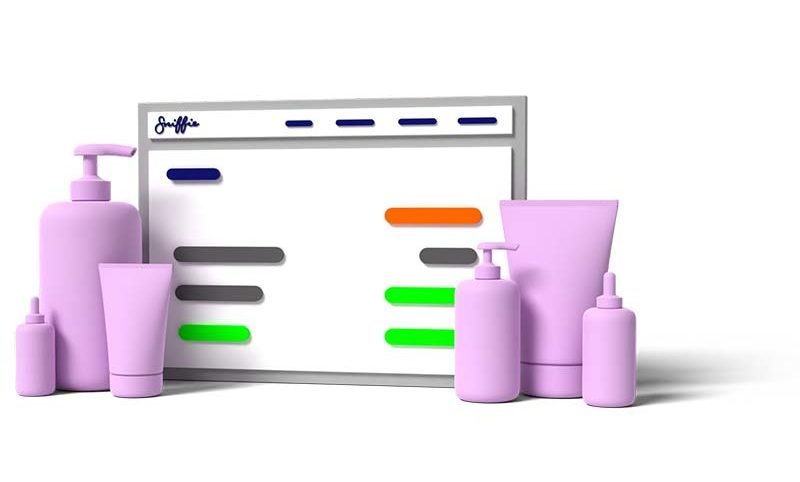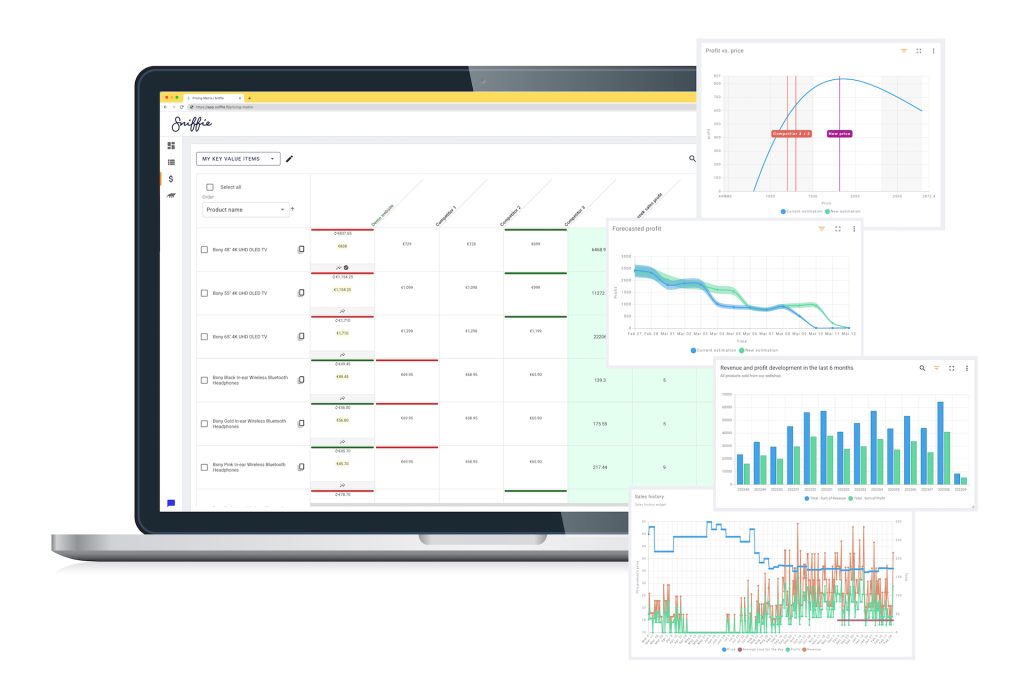Implementing pricing software can revolutionize your business by streamlining pricing strategies and maximizing revenue. However, to ensure a successful pricing software implementation, it’s crucial to undertake necessary preparations. This blog post will outline essential steps businesses should take before implementing pricing software. By following this practical advice and step-by-step guide, you can navigate the implementation process smoothly and unlock the full potential of pricing software.
1. Define Clear Objectives
To begin the preparation process, it’s important to define clear objectives for the pricing software implementation. These objectives should align with your overall business strategy and be specific to your organization’s goals.
For example, your objectives may include increasing profit margins by 2% through optimized pricing strategies, improving pricing transparency and consistency across all sales channels, or enhancing competitiveness by quickly adapting to market dynamics. By establishing these objectives, you provide a clear direction for the implementation process and ensure that all stakeholders are on the same page.
2. Assess Data Readiness for Pricing Software Implementation
Data readiness is a critical aspect of implementing pricing software effectively. Start by evaluating the quality and completeness of your existing pricing and product data. Check if your master data contains all the necessary columns for the efficient functioning of the pricing software. Ensure that essential information such as prices, recommended retail prices (RRP), costs, SKU numbers, and EAN numbers are up to date and accurate. Additionally, categorize your products and establish clear product groups to avoid price cannibalization.
Once you have assessed your data quality, it’s important to cleanse and standardize the data. Remove any duplicate entries, correct errors, and ensure consistency throughout your data sets. Establish processes for ongoing data maintenance, including defining responsibilities for data updates and implementing quality control measures. Regularly review and update your data to keep it accurate and reliable, enabling the pricing software to generate optimal results.
Get our Master Data Mapping Tool

3. Conduct a Process Analysis
Analyze your current pricing processes to identify areas where manual calculations or approvals are prevalent. By understanding these manual processes, you can determine the specific product groups or categories where manual checking is necessary. This analysis will help you identify potential pain points and areas for improvement.
Next, map out the desired pricing workflow that aligns with the capabilities of the pricing software. Define the steps, approvals, and handoffs involved in the pricing process, ensuring a seamless transition from manual to automated tasks. Document any required changes or modifications to your existing processes to ensure they align with the functionalities of the pricing software.
4. Make sure you have all information needed for integration
To ensure a smooth integration of your account into the pricing software, it’s crucial to have a clear understanding of the data requirements. Work closely with the software provider to identify the specific data fields, formats, and structures needed for successful integration. Neglecting this step can lead to complications and hinder the software’s performance.
Collaborate with your IT team and relevant stakeholders to gather and organize the required data. This may include product information, pricing data, historical sales data, competitor data, and any other relevant data points. By carefully ensuring that you have all the necessary information, you can avoid delays or difficulties during the integration process and maximize the software’s capabilities.
Conclusion
Preparing for pricing software implementation is a critical step in ensuring a successful transition and unlocking the full potential of the software. By defining clear objectives, assessing data readiness, conducting a process analysis, and ensuring you have the required information for integration, you set the stage for a smooth pricing software implementation process. Taking these steps will not only maximize the effectiveness of the pricing software but also enable your business to streamline pricing strategies, maximize revenue, and gain a competitive edge in the market.


